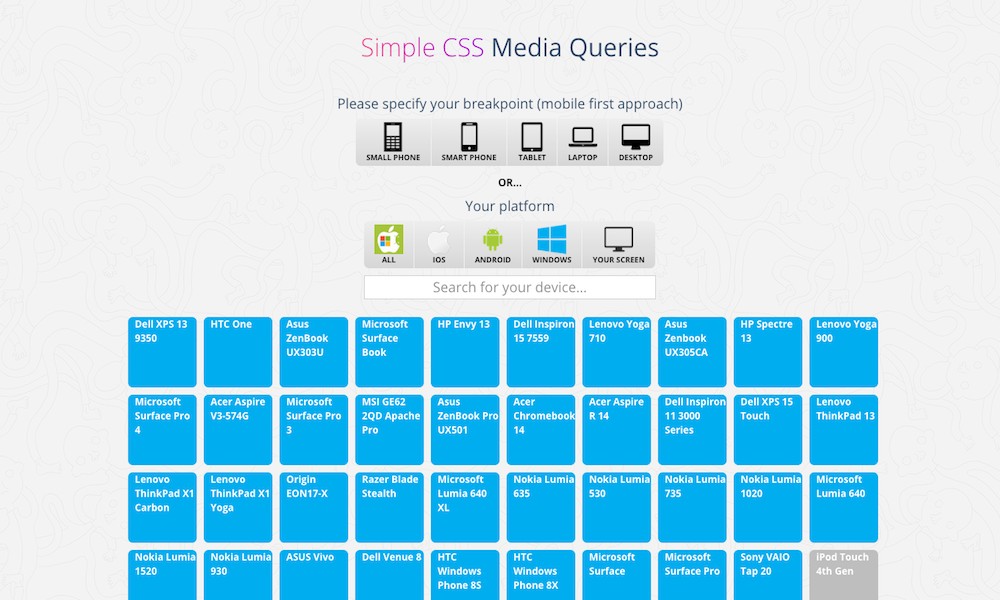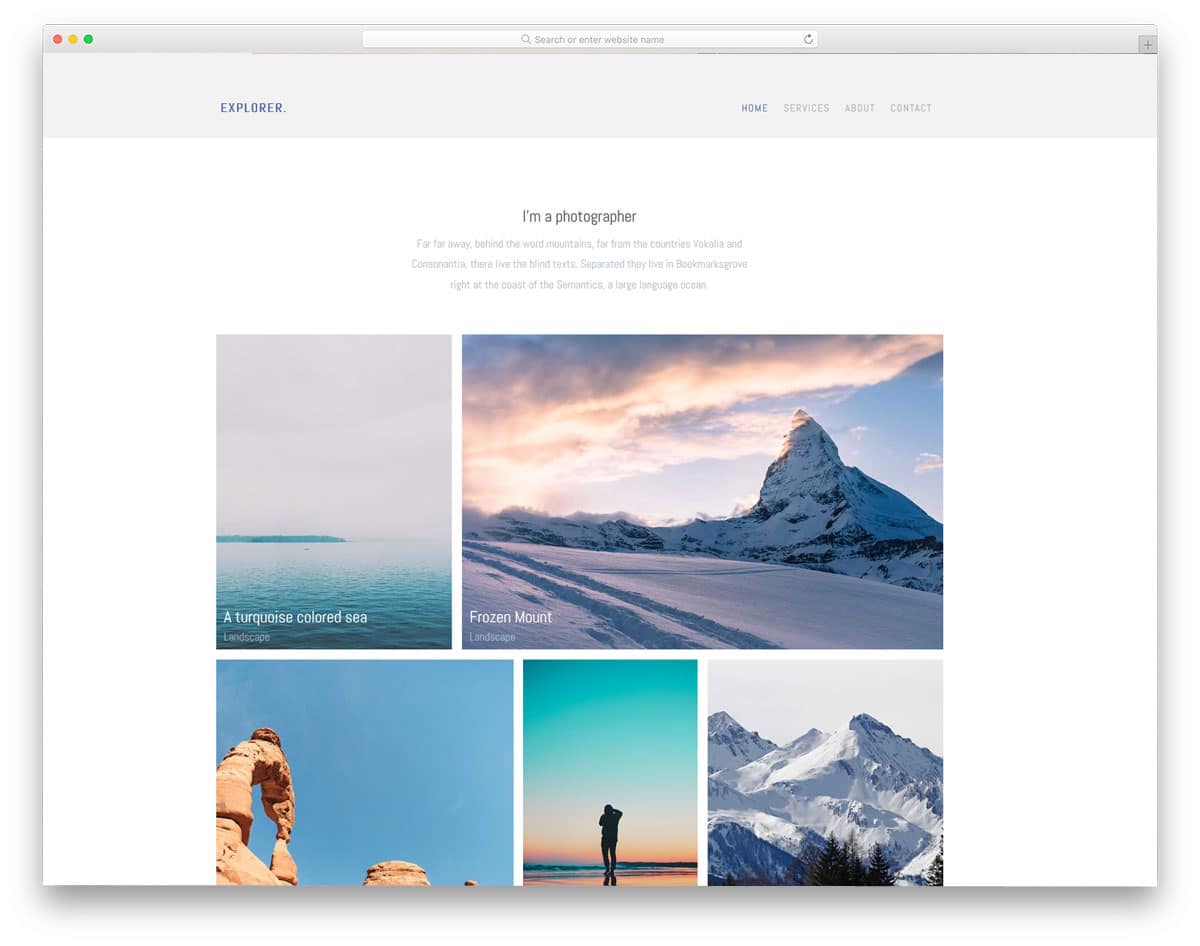

Such bundles are smaller than the full Plotly.js bundles that come with the dcc.Graph component and can therefore improve your app’s loading time.

Questions? See the community forum hot reloading discussion. Learn more in Dash Dev Tools documentation. Give it a try: Change the color in typography.css from hotpink to orange and see your app update.ĭon’t like hot-reloading? You can turn this off with app.run_server(dev_tools_hot_reload=False).
#Simple css stylesheet templates code
This means that Dash will automatically refresh your browser when you make a change in your Python code and your CSS code. By explicitly setting _name_,ĭash will be able to locate the relative assets folder correctly.īy default, Dash includes “hot-reloading”. When you run your app through some other command line (like theįlask command or Gunicorn/Waitress), the _main_ module will no In the assets folder are loaded ( app = dash.Dash(_name_, meta_tags=)).

It is recommended to add _name_ to the Dash constructor to ensure the resources Your custom CSS will be included after the Dash component CSS. If you want to include CSS from a remote URL, then see the next section. Loading files which contain the above pattern. Using app = dash.Dash(assets_ignore='.*ignored.*'). You can ignore certain files in your assets folder with a regex filter Their order (for example, 10_typography.css, 20_header.css). So we recommend prefixing your filenames with numbers if you need to ensure The following file types will automatically be included:Ī single file named favicon.ico (the page tab’s icon).ĭash will include the files in alphanumerical order by filename,.There are a few things to keep in mind when including assets automatically: When you run your app, it should look something like this: We’ll create several files: app.py, a folder named assets, andĬustom-script.js alert('If you see this alert, then your custom JavaScript script has run!') Example: Including Local CSS and JavaScript That is, app = dash.Dash(_name_) instead of app = dash.Dash(). Important: For these examples, you need to include _name_ in your Dash constructor. Is /assets, but you can customize this with the assets_url_path argument By default, the URL to request the assets Dash automatically serves all the files thatĪre included in this folder. Adding Your Own CSS and JavaScript to Dash Appsĭash supports adding custom CSS or JavaScript in your apps.Ĭreate a folder named assets in the root of your app directoryįiles in that folder. This HTML file and about including external CSS and JavaScript in DashĪpps. This chapter covers everything that you need to know about configuring The CSS and JavaScript that are required to render the app. On page load, Dash serves a small HTML template that includes references to Adding CSS & JS and Overriding the Page-Load Templateĭash apps are rendered in the web browser with CSS and JavaScript.


 0 kommentar(er)
0 kommentar(er)
